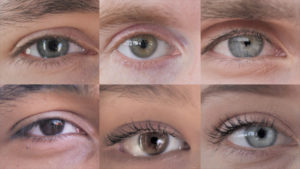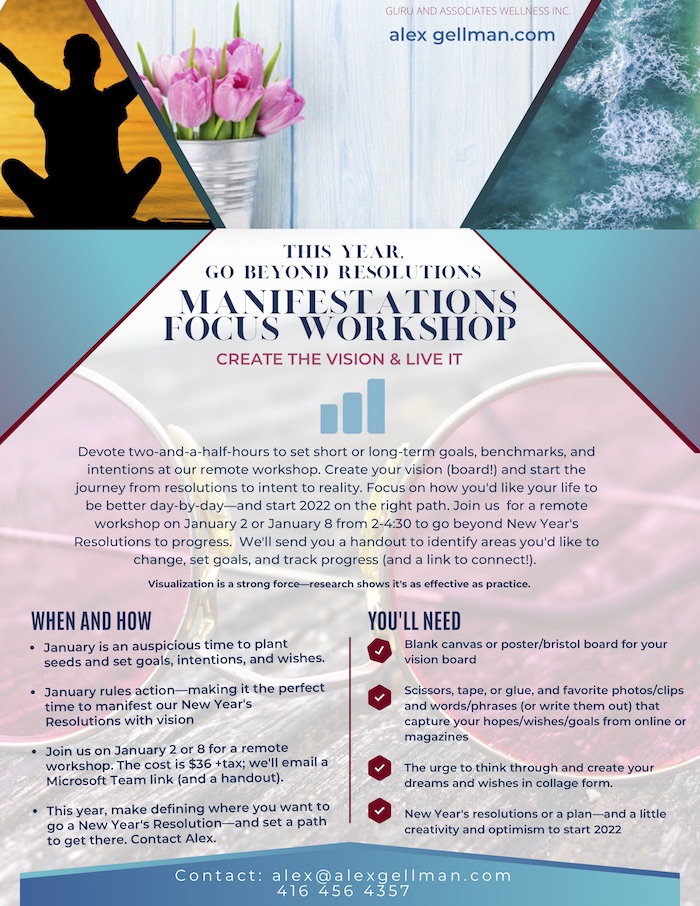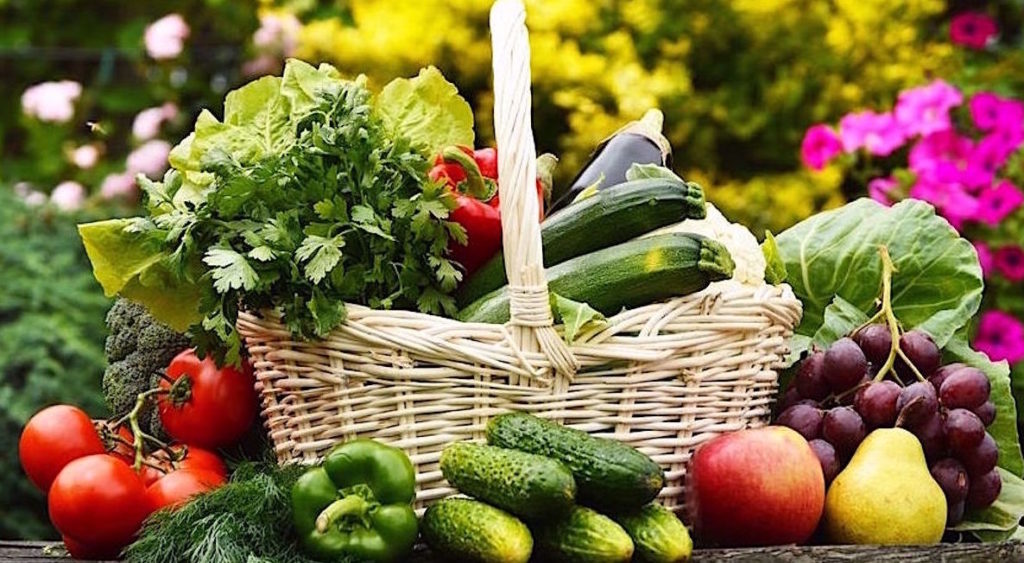Here is a recap of my appearance on the “Ask Your Angels Talk Show” on BlogTV by Christine Francis, the host of the “Ask Your Angels Talk Show.”
Iridology, aka Iridiagnosis, is a holistic approach to examining a patient’s systemic health. Returning guest Alex Gellman, PhD., shares valuable insights on preventative care, maximized vitality and overall well-being.
“Scientific, holistic and spiritual, Iridology is an assessment tool,” Alex tells us. “It reflects the condition of your kidneys, back, neck and eyes. It tells you hereditary patterns of your genetics. For adopted children, it can show ‘unwanted pregnancy. It can also display the severity of that pregnancy. It shows significant stress on the mother when she was pregnant. It also tells a great deal about the parents, grandparents and great-grandparents. There is much value in that.”
“Dr. Ignatz Von Peczley, a young Hungarian doctor, discovered Iridology in 1861. Finding an owl with a broken wing, Dr. Peczley took her home to nurse her back to health. In doing so, he noticed the disappearance of the black marking in her eye. Quite mystified by this, he kept intricate records of all his patient’s symptoms throughout his life.”
“Many years later, Dr. Peczley went to a conference in Milan where he met Dr. Gustav. They both were following the same markings and charts. Today we utilize the same chart, only in more detail.”
The father of modern Iridology was Bernard Jensen. Another gentleman, Denny Ray Johnson, thought ‘Iridology is great, but there’s something wrong here. These people are too obsessed with the physical. There is more to life than the physical world.’ Denny, believing the eye revealed emotion, spirit and mind, created a new system.”
“Looking at your eyes, you see a blueprint for your life. You can see your chakras, feelings, emotional gifts you were born with, personality, blockages, family relationships, and the physical state of all body organs.”
“Iridology is read like a map. Colors reflect the complexity and intensity of the problem. White and yellow are warnings. Green and orange, the condition is becoming more acute. Each case is unique depending on the marking; red, brown, and black are more chronic. Markings (at different points ) shaped like diamonds, circles, dots, petals, jewels (specs on the eye) clarify a problem in a corresponding organ.”
“Denny Ray Johnson also created the “four personalities”. We have the ‘humanitarian‘, devoting their lives to helping others. Often the humanitarians will not look after themselves. In their quest to be there for others, they neglect themselves. It’s not a healthy way to live. The next category is ‘creative‘; all about creativity; very visual. Living in the moment, creatives don’t respond well to timelines. They’re not as analytical and detailed as they could be. ‘Analytical‘ are all about detail, focus, and realizing goals. They have strong leadership qualities. The last one is a ‘catalyst‘. This is a person who motivates others. They never stop; they are always going. They need to learn moderation.”

“This particular eye is a combination of all the above,” declares Alex. “Whenever you see those big dots called ‘jewels‘, that indicates strong leadership and genius in the person’s intellectual capacity. They have some creativity, a little bit of catalyst, and a little bit of humanitarian. In their personality style, this person is very well rounded; analytical being the dominant personality trait.”
“The big rust-colored dot near the pupil shows a significant chronic problem with the uterus (for a woman) or prostrate (for a man). The little lines at nine o’clock show the father’s nurturing qualities were poor. Right below that, at approximately eight o’clock, we see a tiny little orange line representing the gallbladder. The brown marking beside it is the liver. The yellow/orange above the pupil is a sign of digestive problems, system acidity, candida, and yeast infestation.”
“The enzymes in the body are not being produced, compromising digestion. That tiny, thin line at the top edge warns circulation is starting to close down. There is a tremendous amount of inflammation in the body. This person suffers from allergies; the white food groups; are wheat, sugar, milk, dairy, white rice and potatoes. Significant markings at three o’clock reveal warnings concerning the thyroid or throat in general. Information from the analysis is very in-depth.”
A window to the soul, Iridology alerts us to potential illness or disease prior to clinical evidence. Life is a journey; we are travelers. Tapping into hidden talents, positive strengths, and even weaknesses, Iridology is an actuality tool for life’s emergency kit. Don’t leave home without it.
I thank Christine for having me as a guest on her show and look forward to future visits. You can find Christine’s blog at: http://www.askyourangeltalkshow.blogspot.ca/

 services online. Please check uoufc.org for updates to the schedule.
services online. Please check uoufc.org for updates to the schedule.




